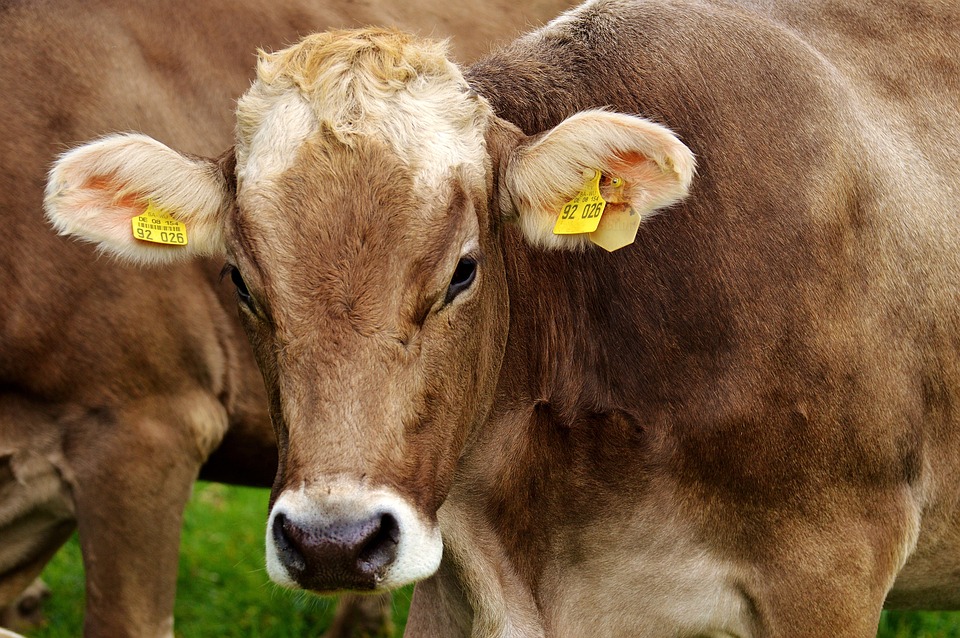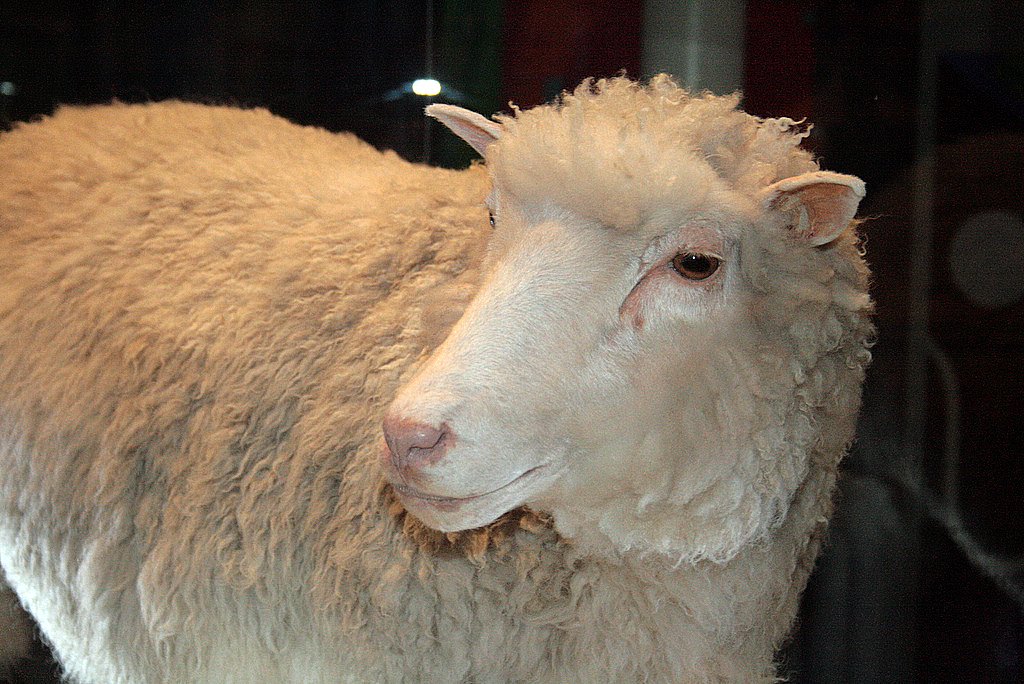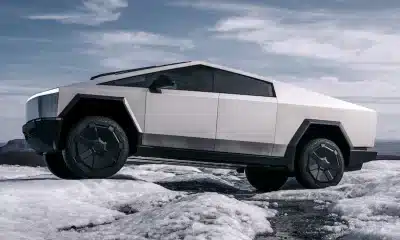Science
Converting Cow Manure To Fuel Is Growing Climate Solution, But Critics Say Communities Put At Risk

California’s Pixley — In some of the rural country of California, the smell of cow excrement, urine, and ammonia makes people keep their windows and doors closed. To combat the odor and, they claim, ward against air-related illnesses, some people run air purifiers around the house all the time.
Beverly Whitfield stated, “We have a lot of health problems going around in this community and most of them are respiratory problems,” in the middle of dairies in Pixley, a little Tulare County village. She thinks pollution from adjacent dairies is the cause of her allergies, her adult son’s asthma, and the respiratory problems of others.
Among the worst pollutants in the San Joaquin Valley, a top agricultural area in the United States with poor air quality, are existing industrial-scale dairy farms. Now, Whitfield locals fear that methane digesters, which may convert manure into a biofuel cleaner than conventional fuels like gasoline, may make health problems worse. Experts in biofuel claim digesters help lessen air pollution.

Cow | PixaBay Image
Converting Cow Manure To Fuel Is Growing Climate Solution, But Critics Say Communities Put At Risk
California is the leading dairy producer in the nation, with over 1.7 million cows. It also contributes significantly to methane emissions. Cow burps and manure release a strong greenhouse gas that is far more potent than carbon dioxide over a shorter time frame.
Digesters that turn manure and other organic waste into biogas to power cars or generate electricity have increased nationwide in recent years.
The number should increase since waste management techniques like digesters are now qualified for financing under President Joe Biden’s climate change law, the Inflation Reduction Act.
Most digesters are found in dairies, which convert methane from cow dung lagoons into biofuel. Commonly, liquid cow manure is kept in a covered digester where bacteria from the digestive systems of the animals make gas. After that, the gas is purified and squeezed into a liquid fuel suitable for use as energy.
Around 120 digesters have appeared in California within the past ten years, and another hundred are planned. However, a device heralded as an affordable means of assisting the state in achieving its methane reduction targets has drawn controversy.
Environmental justice groups demand that California cease offering financial incentives for building digesters because most low-income, Latino neighborhoods are already suffering from pollution from them. According to critics, state laws support industrial dairies and unsustainable animal farming.
According to Rebecca Wolf of the environmental organization Food and Water Watch, the state is rewarding dairy farmers to continue operating huge, already polluting facilities. With this setup in place, she declared, “You’re never going to stop polluting.”
Dairies contend that the financial agenda of the state is crucial. “There has to be some financial incentive there to give up some portion of your land to operate these systems,” said dairyman Brent Wickstrom, whose digester just went online.
Proponents emphasize that the technique effectively slows down climate change. Sponsored by the U.S. Department of Agriculture and the Environmental Protection Agency, AgSTAR projects that manure-based digesters will have cut greenhouse gas emissions by more than 10 million metric tons of carbon dioxide equivalent by 2022. That equates to about the yearly greenhouse gas emissions from almost two million passenger cars.
Supporters point out that by substituting cleaner vehicle fuel for fossil fuels like gasoline, biofuel derived from methane lowers pollution.
“This technology lessens odors and some local air pollutants,” said Coalition for Renewable Natural Gas public policy director Sam Wade. The greenhouse gas emissions are lowered concurrently.
The pungent smells and flies bother the locals living close to dairies.

Cow | PixaBay Image
Converting Cow Manure To Fuel Is Growing Climate Solution, But Critics Say Communities Put At Risk
Whitfield, who relocated to Pixley in the 1970s, stated, “You don’t want the doors open because you’re afraid of all the smells.” “The dairies have changed everything now.”
Some dairies believe that manure-covering digester tarps help minimize odor. Merced County dairyman Wickstrom remarked, “If anything, it should be keeping some of that odor in as opposed to making more.”
Studies have linked living close to big dairies to weariness, respiratory issues, burning eyes, and runny noses when odors are strong enough. Digesters can raise ammonia emissions by as much as 81%, according to a 2017 University of Wisconsin study. Fine particulate debris that ammonia can create can enter the circulation and lungs. Heart and respiratory problems have been associated with prolonged particle exposure.
Lead author Michael A. Holly, an associate professor at the Green Bay campus, said, “You want to consider the human health impact even though a decrease in greenhouse gas emissions is great.”
According to California air authorities, the many digester types and weather variables in this state make the Midwest study not always applicable. They also mentioned that research on digester effects on ammonia emissions is now underway.
The California Air Resources Board recently sponsored research indicating that dairy waste emissions from the San Joaquin Valley had minimal effect on levels of fine particulate matter and ozone.
Professor Michael Kleeman of the University of California, Davis, the main study researcher, said, “The air quality implications are essentially minimal, so we can choose whether or not digesters should be adopted based on greenhouse gas emissions. The agriculturally rich areas already have so much extra ammonia that digesters won’t be able to considerably improve the air quality.
74-year-old campaigner and former farmworker Maria Arevalo thinks pollution from dairies close to her Pixley house is the cause of her asthma and sleep apnea. She uses an apparatus to assist her breathing as she sleeps. Her grandchild is eleven, and her son is thirty-four.
She noted that although many families cannot afford air conditioning or open windows to let the breeze in, her neighborhood frequently smells ammonia. These dairies ought not to be located close to towns.
There are more cows than people in her community of approximately 4,000. The non-profit Leadership Counsel for Justice and Accountability estimates Pixley has about 140,000 cows in its 26 dairies. AgSTAR reports that nine have digesters working on farms with thousands of animals.

Cow | PixaBay Image
Converting Cow Manure To Fuel Is Growing Climate Solution, But Critics Say Communities Put At Risk
15 Congressmen have written to the USDA protesting the agency’s decision to allow federal support for large-scale farming operations, such as roofs and coverings for waste disposal facilities.
They claimed that the hundreds of thousands of liters of liquid manure contaminate the nearby towns’ air and water. Digesters merely serve to reinforce this fundamentally unsustainable manure storage system.
According to Eric McAfee, CEO of Aemetis, a business that makes sustainable fuels and biochemicals, because trucks operate on natural gas, biomethane improves city air.
On his 2,900-cow farm, Joey Airoso discovered that odors decreased and nitrogen-rich leftovers could be used as agricultural fertilizer. He said that reduces the amount of nitrogen being applied, which is a major environmental benefit.
Digesters offer advantages, but Colin Murphy of the UC Davis Policy Institute for Energy, Environment and the Economy added that they don’t cure air pollution or make living close to one any more enjoyable.
Residents in the valley who have complained about respiratory problems and odors claim they have been told to relocate. But many had been residents of tiny, rural communities even before dairies were established, and moving is not often an affordable option.
Where are you planning to relocate to? You can’t afford to relocate, the allergic Pixley resident Whitfield stated.
Science
Hurricane Kirk Could Cause Dangerous Surf Conditions Along The US East Coast

MIAMI — Hurricane Kirk’s waves could generate life-threatening surf and rip current conditions this weekend throughout the United States East Coast, as well as in Bermuda, the Greater Antilles, and the Bahamas, according to forecasters.
Kirk was a Category 3 hurricane in the middle Atlantic Ocean that might grow further but was predicted to stay away from land, according to the Miami-based National Hurricane Center on Thursday.
Hurricane Kirk Could Cause Dangerous Surf Conditions Along The US East Coast
Kirk-generated swells were forecast to reach parts of the Leeward Islands on Friday, Bermuda and the Greater Antilles on Saturday, and the East Coast and the Bahamas on Sunday, according to the center.
No coastal watches or warnings were in effect. The major storm was around 1,130 miles (1,820 kilometers) east of the Leeward Islands, with maximum sustained winds of 125 mph (205 km/h).
Meanwhile, Tropical Storm Leslie formed late Wednesday in the eastern Atlantic and is expected to strengthen into a hurricane in the following days, forecasters said. It was also not considered a threat to the land.
Hurricane Kirk Could Cause Dangerous Surf Conditions Along The US East Coast
The storm was about 540 miles (870 kilometers) southwest of Cabo Verde’s southernmost tip, with maximum sustained winds of 45 mph (75 kph), according to the center.
The storms raged in the Atlantic as rescuers in the United States Southeast sought for missing persons after Hurricane Helene struck last week, leaving a trail of death and devastation.
SOURCE | AP
Science
Stuck NASA Astronauts Welcome SpaceX Capsule That’ll Bring Them Home Next Year

CAPE CANAVERAL, Florida – The two astronauts who have been stranded aboard the International Space Station since June welcomed their new trip home on Sunday, when a SpaceX spacecraft arrived.
SpaceX launched the rescue mission on Saturday with a smaller crew of two astronauts and two empty seats designated for Butch Wilmore and Suni Williams, who will return next year. The Dragon capsule docked in the dark as the two aircraft flew 265 miles (426 km) above Botswana.
Stuck NASA Astronauts Welcome SpaceX Capsule That’ll Bring Them Home Next Year
NASA sent Wilmore and Williams to SpaceX after worries about the safety of their Boeing Starliner capsule. It was the first Starliner test flight with a crew, and NASA determined that the thruster failures and helium leaks that occurred after liftoff were too dangerous and little understood to jeopardise the test pilots’ safety. So the Starliner returned to Earth empty earlier this month.
The Dragon, which is carrying NASA’s Nick Hague and the Russian Space Agency’s Alexander Gorbunov, will stay at the space station until February, extending what was supposed to be a weeklong trip for Wilmore and Williams to more than eight months.
“I just want to say welcome to our new compadres,” said Williams, the space station commander, as Hague and Gorbunov floated inside and were greeted by the nine astronauts who awaited them.
Hague stated that it was a smooth flight up. “Coming through the hatch and seeing all the smiles, and as much as I’ve laughed and cried in the last 10 minutes, I know it’s going to be an amazing expedition,” he told me.
NASA like to renew its station crews every six months or so. SpaceX has been providing the taxi service since its first astronaut flight in 2020. NASA also engaged Boeing for ferry flights after the space shuttles were gone, but defective software and other Starliner difficulties caused years of delays and cost more than $1 billion to correct.
Starliner inspections are ongoing at NASA’s Kennedy Space Centre, with post-flight data evaluations scheduled to begin this week.
“We’re a long way from saying, ‘Hey, we’re writing off Boeing,'” NASA’s associate administrator Jim Free stated during a pre-launch briefing.
Stuck NASA Astronauts Welcome SpaceX Capsule That’ll Bring Them Home Next Year
With the arrival of two new astronauts, the four who have been up there since March will be able to return to Earth in their own SpaceX capsule in little over a week, reducing the station’s crew size to the customary seven. Their stay was extended by a month due to the Starliner incident.
Although Saturday’s launch went properly, SpaceX claimed the rocket’s discarded upper stage ended up outside its intended landing zone in the Pacific due to a faulty engine firing. The corporation has paused all Falcon launches until it investigates what went wrong.was extended by a month due to the Starliner crisis.
SOURCE | AP
Science
Montana Man Faces Sentencing For Cloning Giant Sheep To Breed Large Sheep For Captive Trophy Hunts

HELENA, Montana – An 81-year-old Montana man is scheduled to be sentenced in federal court in Great Falls on Monday for illegally combining tissue and testicles from huge sheep taken in Central Asia and the United States to make hybrid sheep for captive trophy hunts in Texas and Minnesota.
According to court records, prosecutors are not seeking a prison sentence for Arthur “Jack” Schubarth of Vaughn, Montana. He is seeking a one-year probationary sentence for breaching federal wildlife trafficking rules. The maximum sentence for both Lacey Act breaches is five years in jail. The fine can be as much as $250,000, or twice the defendant’s financial gain.
Montana Man Faces Sentencing For Cloning Giant Sheep To Breed Large Sheep For Captive Trophy Hunts
Schubarth’s attorney requested a probationary term, claiming that cloning the gigantic Marco Polo sheep hunted in Kyrgyzstan had devastated his client’s “life, reputation, and family.”
However, the sentencing memorandum congratulates Schubarth on successfully cloning the endangered sheep, which he called Montana Mountain King. The animal has been confiscated by the US Fish and Wildlife Service.
“Jack did something no one else could, or has ever done,” the memo stated. “He built Montana Mountain King on a Montana ranch, in a barn. MMK is an exceptional animal, born of science and from a guy who, if he could rewrite history, would have left the problem of cloning a Marco Polo to Michael Crichton, the author of the science fiction novel Jurassic Park.
Schubarth owns Sun River Enterprises LLC, a 215-acre (87-hectare) alternative livestock ranch that buys, sells, and breeds “alternative livestock” such as mountain sheep, mountain goats, and ungulates, primarily for private hunting preserves where people pay to shoot captive trophy game animals, according to prosecutors. Schubarth stated he’d been in the game farm industry since 1987.
Schubarth pleaded guilty in March to conspiring with five other people to use tissue from an illegally imported Marco Polo sheep to clone the animal and then use the clone and its descendants to create a larger, hybrid species of sheep that would be more valuable for captive hunting operations.
According to court records, the Marco Polo sheep is the world’s largest, weighing 300 pounds (136 kilograms) and with curved horns that can reach 5 feet (1.5 meters) in length.
Schubarth sold MMK semen and hybrid sheep to three people in Texas, while a Minnesota resident sent 74 sheep to Schubarth’s property for insemination at various points during the conspiracy, according to court filings. Schubarth sold one direct descendent of MMK for $10,000 and several sheep with weaker MMK DNA for smaller sums.
According to court filings, Schubarth paid a hunting guide $400 in October 2019 for the testicles of a trophy-sized Rocky Mountain bighorn sheep taken in Montana, which was then excised and sold for semen.
Montana Man Faces Sentencing For Cloning Giant Sheep To Breed Large Sheep For Captive Trophy Hunts
The five co-conspirators were not identified in court documents, but Schubarth’s plea agreement requires him to fully cooperate with prosecutors and testify if called upon. Montana wildlife officials stated the situation is still under investigation.
Schubarth, in a letter attached to the sentencing statement, stated that he becomes tremendously passionate about any project he undertakes, including his “sheep project,” and is embarrassed of his conduct.
“I got my normal mindset clouded by my enthusiasm and looked for any grey area in the law to make the best sheep I could for this sheep industry,” he wrote in his diary. “My family has never been broke, but we are now.”
SOURCE | AP
-
News2 days ago
Tesla Recalls 27,000 Cybertrucks Due To A Rearview Camera Issue
-
World2 days ago
Uber Hires Yandex Spinoff Ride-Hail and Autonomous Delivery With Avride
-
News2 days ago
The Biden Administration can go Ahead With Student Loan Forgiveness, Says a Federal Judge.
-
Tech2 days ago
Accenture and NVIDIA Collaborate to Enhance AI Implementation.
-
Tech2 days ago
Meta has started the Facebook Content Monetization Program.
-
Business2 days ago
McDonald’s Chicken Big Mac is Heading to the U.S. Next Week—for a Limited Time.









































